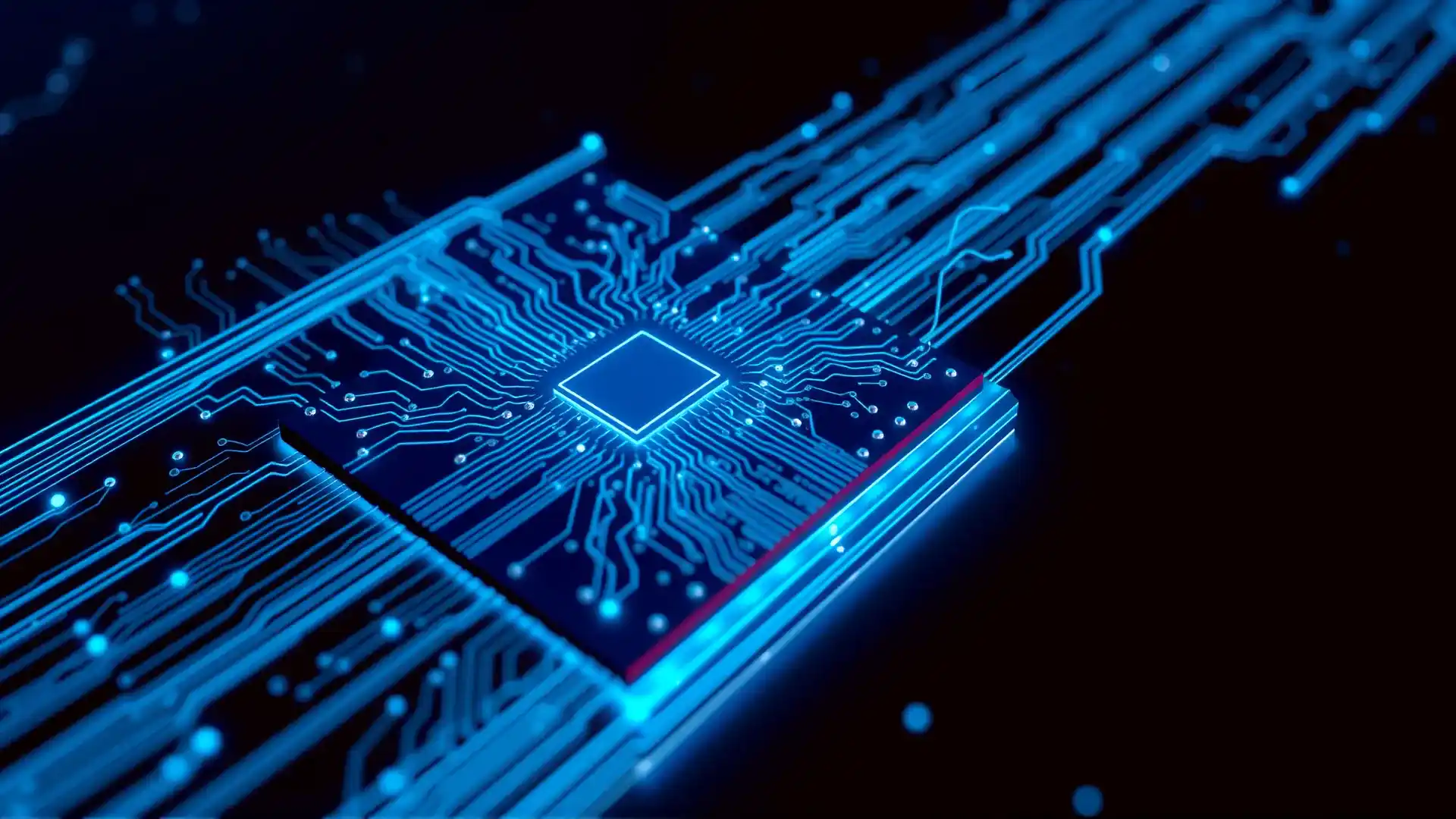Table of Contents
Neuromorphic computing is an innovative computing approach, based on the structure and functionality of the human brain. In contrast to traditional computing systems that use binary processing, neuromorphic systems emulate how neurons and synapses function in the brain.
This breakthrough has the potential to revolutionize AI and other domains by offering energy-efficient and real-time processing capabilities.
With advancements in the area of artificial intelligence and machine learning, neuromorphic computing shall have a fundamental role to overcome the limitations set by conventional computing.
What is Neuromorphic Computing?
In other words, neuromorphic computing involves the design of computer systems based on biological neural networks. Based on the concept of information processing through the interconnectivity of neurons in the brain, neuromorphic systems use special chips and architectures to replicate such functionality.
Unlike processors, which run programs sequentially, neuromorphic processors process data in parallel and event-driven, like the human brain. They are therefore more aptly suited to complex pattern recognition, decision-making, and adaptive learning tasks.
How Neuromorphic Computing Works

1. Inspiration from the Human Brain
- Structure Mimicry: Neuromorphic systems are based on the idea of mimicking the architecture of biological neurons and synapses within the brain. This also includes mimicking their ability to communicate, adapt, and learn.
- Parallel Processing: Similar to the brain, neuromorphic systems process signals in parallel; this makes the system more efficient and faster than others.
2. Event-Driven Processing
Neuromorphic systems process information as events (spikes) rather than continuous signals:
- Spike Encoding: Input data is converted into spike trains (discrete pulses).
- Spiking Neural Networks (SNNs): This network processes spikes wherein computation happens only when spikes occur, which allows for huge amounts of energy conservation.
3. Hardware Design
Neuromorphic Chips: In these chips, specifically Intel‘s Loihi and IBM’s TrueNorth, specific architecture is based on emulating the neural networks. These chips have utilized:
- Spiking Neurons: Unlike normal binary logic with 1s and 0s, spiking neurons will “communicate” in terms of events called “spikes,” akin to how real biological neurons talk.
- Synaptic Weights: Just like synapses, connections between neurons have different strengths.
- Memristors: The devices simulate synaptic plasticity to enable learning and memory.
4. Parallel Processing
Neuromorphic systems operate in a massively parallel manner:
- Several neurons and synapses are operating together as in the human brain.
- This will allow efficient task handling such as pattern recognition, sensor data processing, and decision-making.
5. Learning and Adaptation
Plasticity: Neuromorphic systems update their synaptic weights in response to experience or input data, utilizing learning rules derived from biology, for example,
- Hebbian Learning: “Cells that fire together wire together.”
- Spike-Timing-Dependent Plasticity (STDP): Synaptic weight adjustment occurs through dependence on the timing of the spikes between two connected neurons.
Self-Organization: The network can reconfigure itself to improve performance over time.
Applications of Neuromorphic Computing
Neuromorphic computing is applied in many industries and applications, such as:
- Robotics: Improves autonomy; that is, the ability of robots to sense and respond to their environment better.
- IoT Devices: Facilitates the processing of data directly on the devices instead of relying on cloud computing.
- Healthcare: Supports brain-machine interfaces, neural prosthetics, and advanced diagnostic systems.
- Artificial Intelligence: Improves learning algorithms for tasks like natural language processing, image recognition, and decision-making.
- Autonomous Vehicles: Enabling real-time navigation and decision-making systems that make transportation safer and more efficient.

Neuromorphic Computing in Leading Tech Hubs
- Intel – Intel has developed the Loihi processor, a neuromorphic chip designed to mimic the neural networks of the human brain.
- IBM – IBM pioneered neuromorphic computing with its TrueNorth chip, which mimics the brain’s neuron and synapse behavior.
- Qualcomm – Qualcomm’s Zeroth platform is designed for AI at the edge, leveraging principles of neuromorphic computing.
- BrainChip – BrainChip specializes in ultra-low power neuromorphic processors for edge computing. The Akida Neural Processor enables energy-efficient AI for edge devices.
- Samsung – Samsung is exploring neuromorphic computing for its consumer devices, focusing on energy-efficient AI in smartphones, wearables, and IoT devices. Research areas include memory technologies like ReRAM that complement neuromorphic computing.
Future Outlook and Ethical Implications
The future of neuromorphic computing is bright, with potential breakthroughs in neuromorphic chip technology on the horizon. Integration with quantum computing and other emerging technologies could amplify its capabilities, unlocking new possibilities in AI and beyond.
While neuromorphic computing offers a lot of benefits, it also raises ethical concerns. The autonomy of AI systems built on neuromorphic principles could lead to unforeseen consequences, and brain-computer interfaces may pose privacy risks. Robust ethical frameworks and regulatory oversight will be needed to address these challenges.
Conclusion
Neuromorphic computing sits at the crossroads of neuroscience and technology. It is, therefore, fundamentally poised to revamp the destiny of computation.
Its prospects for changing AI, energy efficiency, and our ability to comprehend the brain underscore the essence of neuromorphic computing. It can unlock a future where technology mirrors the brilliance of the human brain.